Search Results
Filters
Advanced Search
89 Results
-

Improving Initial RTL Quality
Webinar - Sep 15, 2021 by Chris Giles
This session will help you lower risks and improve team agility and development consistency by optimizing verification. Using designer-driven verification flows, designers get intent-focused insight to find issues when they are cheapest and easiest to fix.
-
Improving Initial RTL Quality
Resource (Slides (.PDF)) - Sep 15, 2021 by Chris Giles
This session will help you lower risks and improve team agility and development consistency by optimizing verification. Using designer-driven verification flows, designers get intent-focused insight to find issues when they are cheapest and easiest to fix.
-
Improving Initial RTL Quality | Japanese
Resource (Japanese Translation Slides (.PDF)) - Sep 15, 2021 by Chris Giles
This session will help you lower risks and improve team agility and development consistency by optimizing verification. Using designer-driven verification flows, designers get intent-focused insight to find issues when they are cheapest and easiest to fix.
-
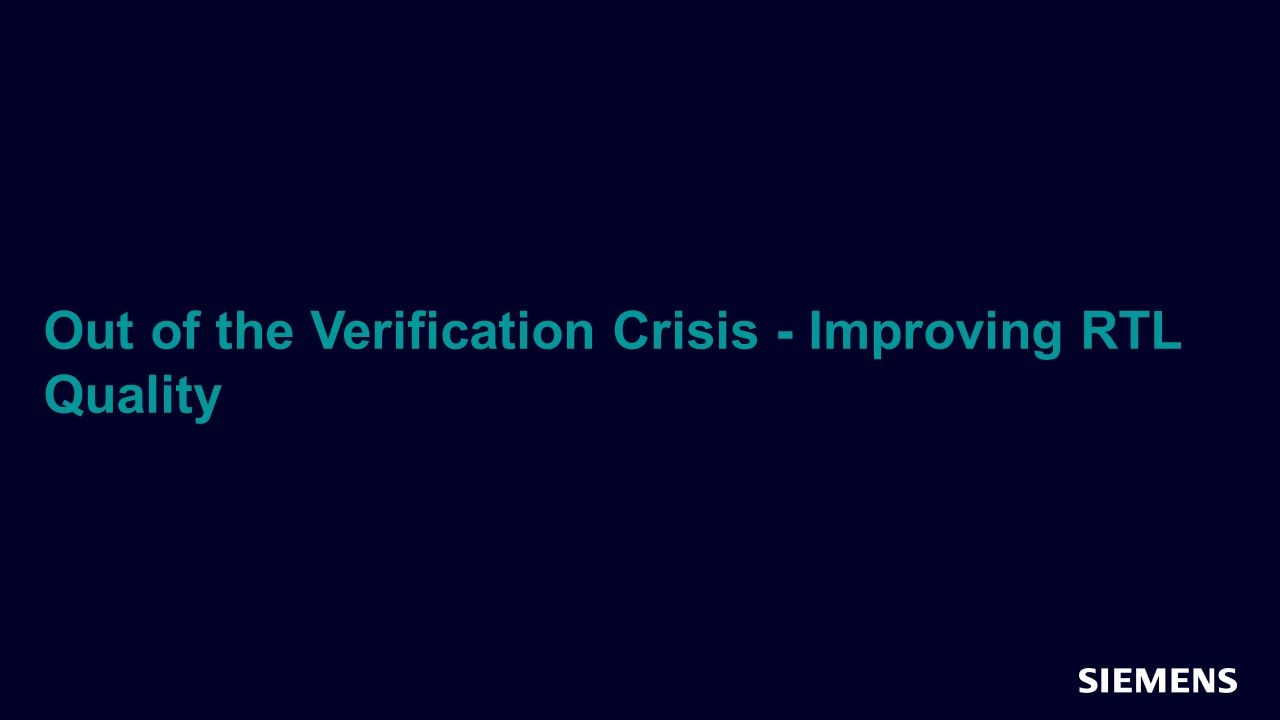
Out of the Verification Crisis - Improving RTL Quality
Article - Dec 01, 2022 by Harry Foster
A verification crisis is upon us that will not be solved solely through improvements in verification methodologies and techniques. The solution requires a holistic and philosophical change in the way we approach design with a foundation based on bug prevention. Our proposed first step in implementing this change tightly integrates static analysis into the design process, resulting in a decrease in bug density, which has a positive impact on downstream processes and consequently reduces cost.
-
Questa Design Solutions
Topic - by Chris Giles
Questa Design Solutions is an automated and integrated suite of verification tools for designers to improve initial RTL quality. Design Solutions analyzes code at the design stage to detect bugs early, to improve efficiency, enhance development predictability and ease pressure on schedules.
-
Integrating the Value of Questa Design Solutions in a Continuous Integration Development Flow
Resource (Slides (.PDF)) - Feb 06, 2025 by Walter Gude
Learn the value of Continuous Integration during development and how Questa Design Solutions are ideally suited for implementation in CI flows. Discover the benefits of integrating CI early to enhance RTL quality and streamline development processes.
-

‘The Dog Ate my RTL’ Doesn’t Work Anymore
Webinar - Feb 15, 2022 by Joe Hupcey
In this session, you will learn how to identify ways to remove the lack of a testbench as the cause of lower quality RTL and how to accomplish an improved RTL quality-focused flow.
-
‘The Dog Ate my RTL’ Doesn’t Work Anymore
Resource (Slides (.PDF)) - Feb 15, 2022 by Joe Hupcey
In this session, you will learn how to identify ways to remove the lack of a testbench as the cause of lower quality RTL and how to accomplish an improved RTL quality-focused flow.
-
Ensure High Quality RTL with Early Continuous Integration
Resource (Slides (.PDF)) - Dec 03, 2025 by Walter Gude
Learn the value of Continuous Integration (CI) during development and how Questa Design Solutions are ideally suited for implementation in CI flows. Discover the benefits of integrating CI early to enhance RTL quality and streamline development processes.
-
Ensure High Quality RTL with Early Continuous Integration
Resource (Slides (.PDF)) - Jun 05, 2025 by Walter Gude
Learn the value of Continuous Integration (CI) during development and how Questa Design Solutions are ideally suited for implementation in CI flows. Discover the benefits of integrating CI early to enhance RTL quality and streamline development processes.
-
Ensure High Quality RTL with Early Continuous Integration
Resource (Slides (.PDF)) - Jun 03, 2025 by Walter Gude
Learn the value of Continuous Integration (CI) during development and how Questa Design Solutions are ideally suited for implementation in CI flows. Discover the benefits of integrating CI early to enhance RTL quality and streamline development processes.
-

Verification Academy Live: El Segundo
Seminar - Feb 06, 2025 by Joe Hupcey
This seminar will update you on technologies and techniques you can adopt to increase your verification productivity today. Specifically, we will cover: How the AI/ML paradigm shift enables functional verification productivity gains The benefits of an automated CI flow to enhance RTL quality and streamline development processes How to protect against data corruption with formal security verification Advancements in RTL simulation
-

Introduction to Questa Lint and CDC for Designers
Webinar - Jan 25, 2022 by Mathew Yee
In this session, you will learn why code quality matters regardless of whether you are coding an ASIC, FPGA or IP block, what metastability is and how it will affect silicon bring-up and how addressing these points during the design process is critical to achieving tight schedules with limited resources.
-

Questa Lint vs Formal AutoCheck
Webinar - Jun 15, 2022 by Kevin Campbell
In this session, you will gain an understanding of the similarities and differences between Lint and Formal AutoChecking tools, and how they can be used together to increase the quality of RTL deliverables.
-
Questa Lint vs Formal AutoCheck
Resource (Slides (.PDF)) - Jun 15, 2022 by Kevin Campbell
In this session, you will gain an understanding of the similarities and differences between Lint and Formal AutoChecking tools, and how they can be used together to increase the quality of RTL deliverables.
-
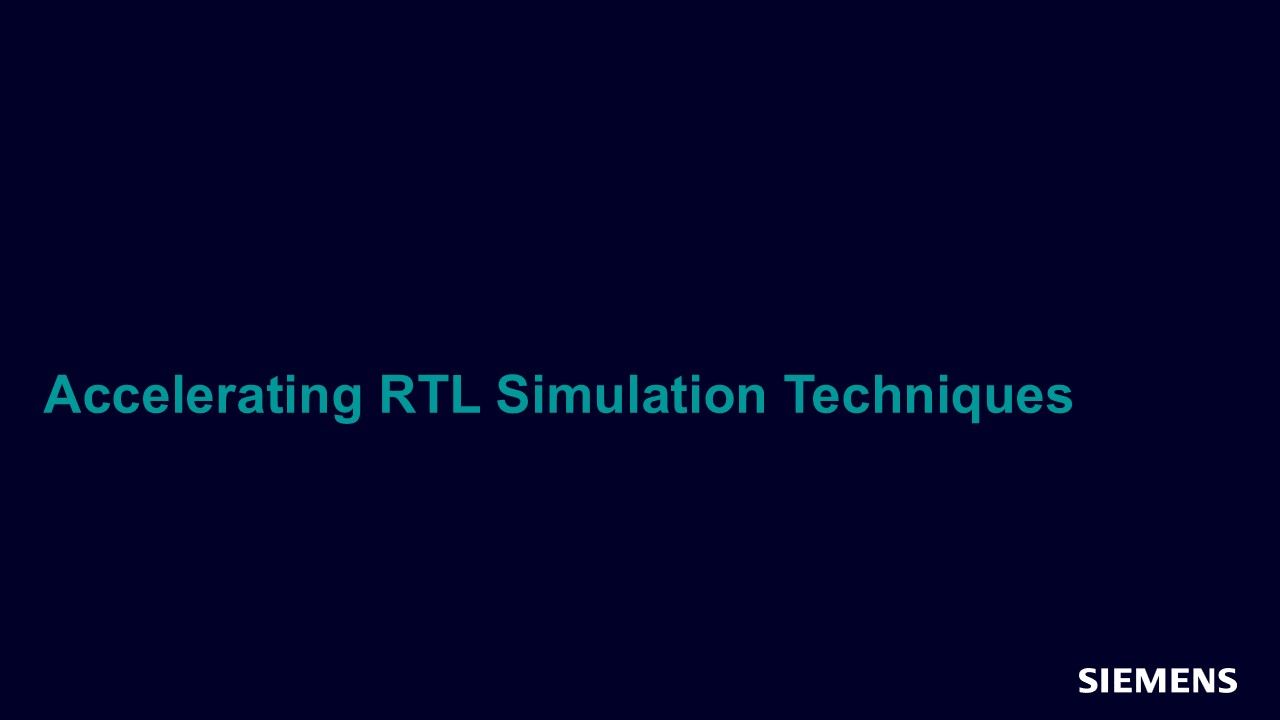
Accelerating RTL Simulation Techniques
Article - Jun 06, 2015 by Lior Grinzaig - Marvell
Long simulation run times are a bottleneck in the verification process. Coding style has a significant effect on simulation run times. Therefore, it is imperative that the code writer examine his/her code, not only by asking the question “does the code produce the desired output?” but also “is the code economical, and if not, what can be done to improve it?”
-
Five Steps to Quality CDC Verification
Resource (Paper (.PDF)) - Mar 13, 2019 by Ping Yeung
After having a CDC test plan, an effective CDC verification methodology should include structural, protocol, and metastability verification. This ensures that CDC signals are handled reliably at the design stage, avoiding costly respins after they are fabricated. We will outline how these are applied to block-level and top-level RTL modules.
-
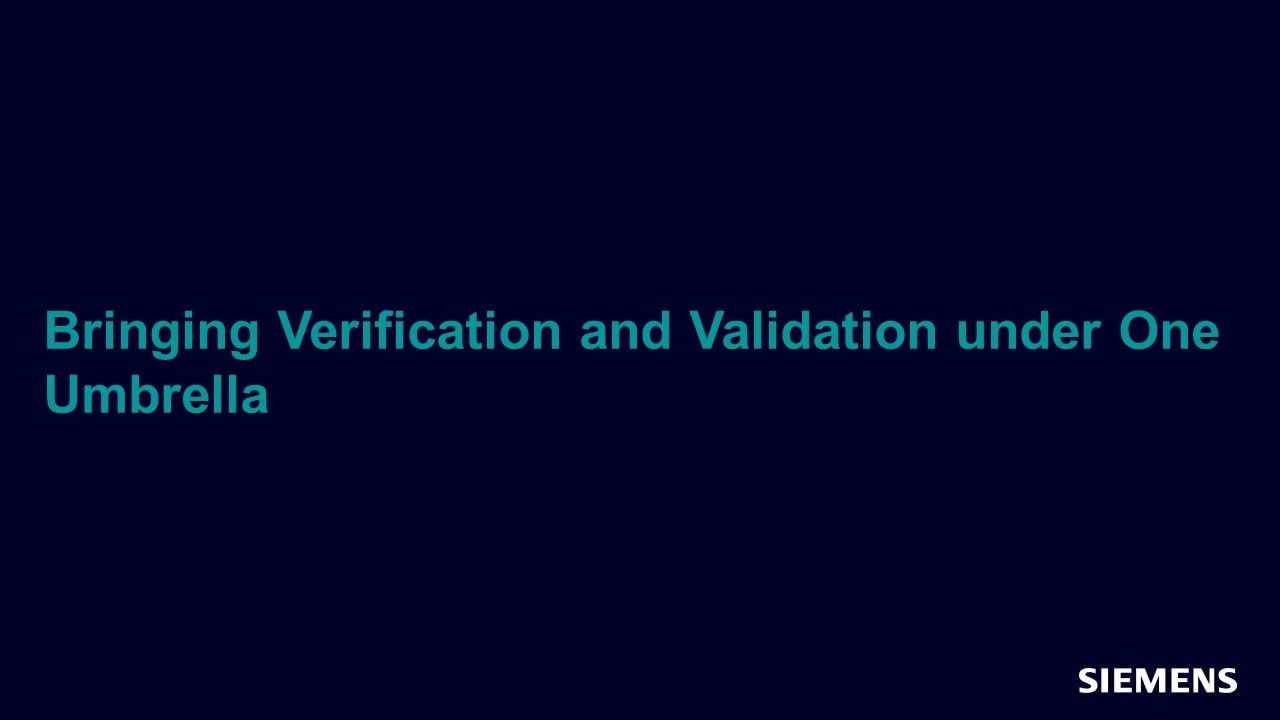
Bringing Verification and Validation under One Umbrella
Article - Feb 25, 2013 by Hans Van Der Schoot
The standard practice of developing RTL verification and validation platforms as separate flows, forgoes large opportunities to improve productivity and quality that could be gained through the sharing of modules and methods between the two. Bringing these two flows together would save an immense amount of duplicate effort and time while reducing the introduction of errors, because less code needs to be developed and maintained.
-
Introduction to Questa Lint and CDC for Designers
Resource (Slides (.PDF)) - Jan 25, 2022 by Mathew Yee
In this session, you will learn why code quality matters regardless of whether you are coding an ASIC, FPGA or IP block, what metastability is and how it will affect silicon bring-up and how addressing these points during the design process is critical to achieving tight schedules with limited resources.
-

Questa Design Solutions as a Sleep Aid
Webinar - Nov 02, 2022 by Vinayak Desai
In this session, you will gain an understanding about how Questa Design Solutions can help designers improve the quality of initial deliveries which drives more consistent schedule execution, and fewer late nights for the entire team.
-

Formal and the Next Normal
Webinar - Oct 19, 2022 by Joe Hupcey
In this session, you will learn why formal verification is the key component to succeed in the era of Next Normal (agile and modular adoption), where first pass silicon success is crucial and ensuring quality across you verification cycle is essential.
-
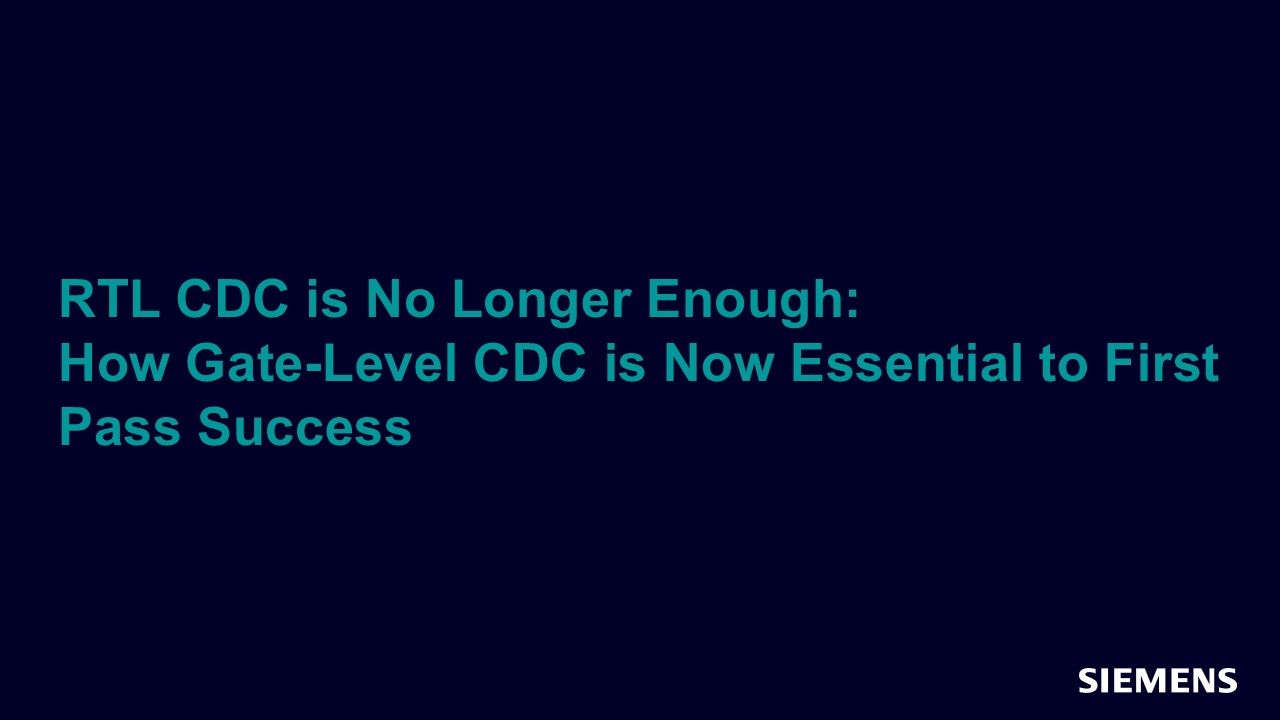
RTL CDC is No Longer Enough: How Gate-Level CDC is Now Essential to First Pass Success
Article - Jun 28, 2017 by Joe Hupcey
Clock-domain crossing (CDC) verification is a critical step in the design verification cycle. However, CDC verification is not only necessary on RTL; at 28nm nodes and below it is also essential on gate-level designs due to the possibility of the introduction of CDC errors during the synthesis phase that can lead to silicon failure. In this article we review the root cause of these challenges and introduce an automated approach to overcome these difficulties.
-
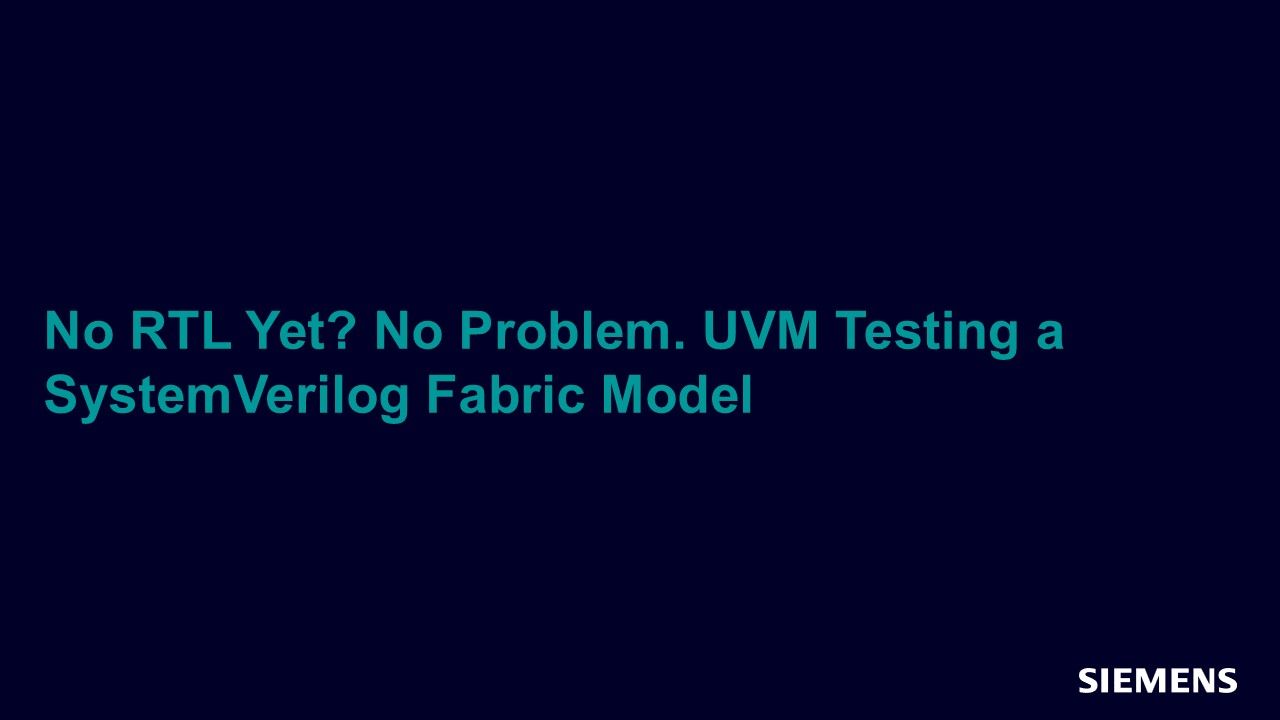
No RTL Yet? No Problem. UVM Testing a SystemVerilog Fabric Model
Article - Jun 01, 2016 by Rich Edelman
SystemVerilog is a powerful language which can be used to build models of RTL in order to facilitate early testbench testing. The early RTL model uses higher level abstractions like SystemVerilog threads, queues, dynamic arrays and associative arrays. Using high level abstractions allows a functional model to be created with little effort. A simple fabric model is created implementing AXI-like READY/VALID channels.
-

Five Steps to Quality CDC Verification
Paper - Mar 13, 2019 by Ping Yeung
With the number of clock-domains increasing in today’s complex ASIC designs, the ability to thoroughly verify clock-domain crossings (CDC) has become even more important. As in functional verification, to ensure CDC issues are thoroughly verified, a comprehensive test plan is essential. Based on our experience working with many customers, we developed a five-step planning process for CDC verification.
-
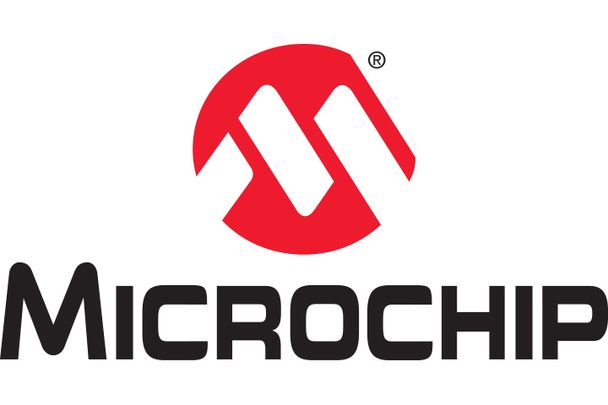
How Microsemi Uses Questa Formal Connectivity Check to Improve Quality and Productivity
Article - Sep 08, 2017 by Mitchell Poplingher
The complexity of our SoCs continues to grow at a furious pace, with a corresponding increase in the integration of more functionality using a massive number of IPs, in addition to the overlay of BIST, multiplexing of I/Os, and other "out of band" circuitry. This complexity makes manual verification of IP integration too risky, time consuming, and error prone.